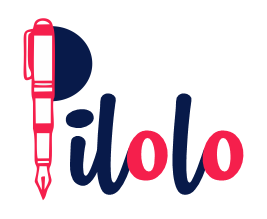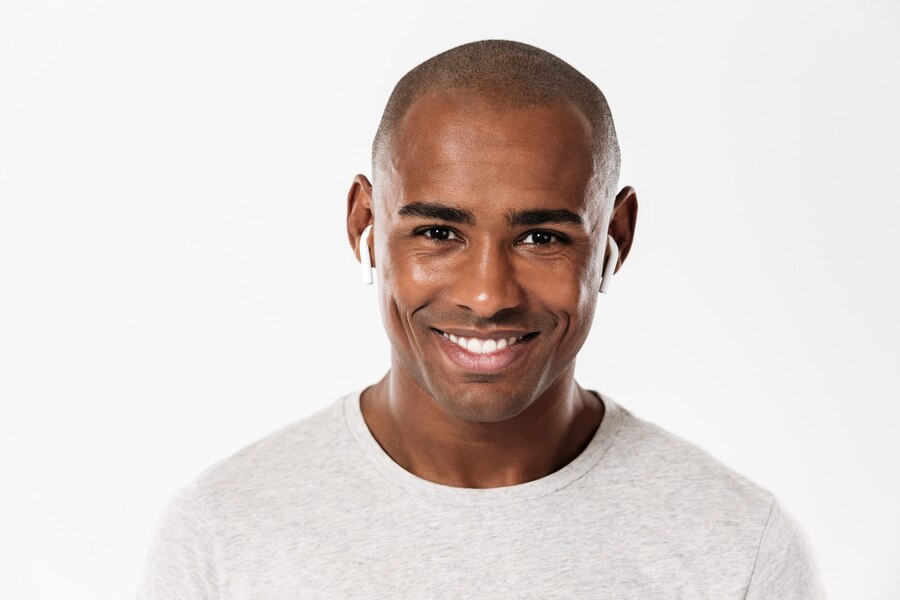Table of Contents
ToggleThe Best Times to Post on Social Media for Maximum Engagement
Getting noticed on social media platforms like Facebook, Instagram, and Twitter is becoming increasingly difficult. With so much noise and competition, it’s easy for your content to get ignored. But one proven strategy can dramatically boost your reach and engagement – timing your posts strategically. Let’s get into the best times to post on social media.
Gone are the days of just posting whenever you feel like it. Savvy social media managers know that timing is everything. Research shows the best times to post on Facebook are 1-4pm on weekdays when office workers are taking breaks. For Twitter, 10am-1pm hits the sweet spot of morning commutes and lunch breaks. And on Instagram, aim for Monday-Thursday either 8-9am or 5pm when usage spikes.
Understanding when your target audience is most active on each platform allows you to hit the timing sweet spot for maximum impact. Maybe your Instagram followers check their feed while eating breakfast or right before bed. Perhaps your Twitter community is most engaged mid-morning during their commute. Analyzing usage patterns is key.
In this post, we’ll explore the important factors that influence the best times to post on all major social platforms. You’ll discover actionable specifics on when to post on Facebook, Instagram, Twitter, LinkedIn, and more for optimal engagement.
Fine-tuning your social media timing strategy takes testing and tracking. But the effort pays dividends. Well-timed posts can generate up to 3X more engagement than randomly scheduled posts. Whether you manage social for a brand or your own account, this guide will help you nail your post timing for success!
Differences Between Platforms
Each major social media platform has its own prime times for engagement based on how their algorithms work and when their users are most active.
On Facebook, the best times to post are weekdays from 1-4 PM, when people tend to be taking a break from work and scrolling through their feeds. Facebook’s algorithm also favors content posted during high-traffic mid-week hours. Posting later in the evening or on weekends can work too, but afternoon on Tuesday, Wednesday or Thursday is optimal.
For Twitter, the key is timing tweets for weekday morning commutes, around 8-9 AM, and during weekday lunch hours, from 11AM to 1PM. Twitter’s algorithm drives high visibility for tweets published during these busy scrolling periods.
Instagram is most active early in the morning or evenings, so focus on posting from 8-9 AM or around 5 PM Monday through Thursday. Usage and engagement rates tend to be lower on weekends. Posting during the middle of the workday can also work if your audience is teens or those not working traditional hours.
LinkedIn favors posting during standard business hours, Tuesday through Thursday, when professional audiences are most active. Mid-morning, 10-11 AM, and mid-afternoon, 1-2 PM, tend to see high click-through and comment rates.
Tailoring timing to each platform based on audience habits and algorithm patterns is crucial for determining your best times to post. This ensures your content will be seen when users are most likely to engage.
Posting During Peak Hours
One key timing strategy is to align your posting with peak engagement hours on each platform. You want to catch users when they are most actively scrolling and interacting.
For most platforms, posts tend to perform best during the morning commute window, over the lunch hour, and in the evening when people are winding down. On Facebook, the peak window is around 1-4 PM on weekdays when people tend to be taking a break from work and checking Facebook. Twitter lights up in the morning around 8-9 AM as users check their feed during their commutes to work or school. And Instagram engagement spikes in the evening around 5-8 PM when audiences relax, have free time, and are scrolling before bed.
Also look for differences across platforms – LinkedIn’s professional users are more active during standard business hours, so focus posts there from 10AM–2PM. TikTok is popular among teens who engage after school, so early evenings can be primetime.
Getting to know your audience’s daily habits will help identify when their peak times occur on each platform. Then focus your posting to hit those high-traffic windows. Leveraging the morning commute, lunch breaks, and early evenings is an effective way to catch their attention and boost engagement.
Posting Frequency and Days
One key timing strategy is to align your posting with peak engagement hours on each platform. You want to catch users when they are most actively scrolling and interacting.
For most platforms, posts tend to perform best during the morning commute window, over the lunch hour, and in the evening when people are winding down. On Facebook, the peak window is around 1-4 PM on weekdays when people tend to be taking a break from work and checking Facebook. Twitter lights up in the morning around 8-9 AM as users check their feed during their commutes to work or school. And Instagram engagement spikes in the evening around 5-8 PM when audiences relax, have free time, and are scrolling before bed.
Also look for differences across platforms – LinkedIn’s professional users are more active during standard business hours, so focus posts there from 10AM–2PM. TikTok is popular among teens who engage after school, so early evenings can be primetime.
Getting to know your audience’s daily habits will help identify when their peak times occur on each platform. Then focus your posting to hit those high-traffic windows. Leveraging the morning commute, lunch breaks, and early evenings is an effective way to catch their attention and boost engagement.

The best time to post on social media
Analyzing Performance Data
The best way to optimize your posting times is to closely analyze your performance data. Most social platforms provide analytics that show when your followers are online and interacting with your content. Study these analytics to identify peak hours for your audience by day and by platform.
You can also run A/B testing by posting at different times and tracking engagement. Try posting on Monday at 8AM versus 10AM and compare metrics like clicks, comments, shares and impressions. The time that drives better response is likely your audience’s peak hour.
Keep experimenting with different posting times over the course of 2-3 weeks. Try varying both time of day and days of the week. Look for patterns in higher performance at certain times and days. Let the data guide you towards the best times to post based on real user response patterns.
Consistently analyze your performance analytics while testing timing variations. This will reveal the engagement sweet spots customized for your audience and allow you to optimize your schedule.
Let me know if you would like me to expand on analyzing performance data and timing experiments further. I can provide more details on using analytics and A/B testing to determine ideal posting times.
Considerations by Industry
Posting time strategies should be tailored based on industry variances and your target audience’s time zone.
For B2B companies targeting office workers, the peak engagement windows are weekday business hours from 10AM – 2PM when users are at work and active on social media. B2C brands focused on a broader demographic do better with early mornings, lunchtime, and evenings when people have more downtime.
Consider your target demographic’s daily schedule and habits. Students and teens are often most active in the afternoons and evenings when school is done. Busy parents tend to engage mid-morning during free time before kids’ activities ramp up.
Time zones also impact timing choices. If you have an international audience, post when they are awake and active, not just during your own time zone’s peak hours. Do an analysis of your follower locations and identify times that align with early morning and evening usage across multiple time zones.
The key is fully understanding your target audience’s daily habits, demographics, time zones and behaviors. Let those insights customize your posting schedule, rather than taking a one-size-fits-all approach. Optimized timing is crucial for driving more relevant engagement.
Conclusion
Posting at the right times is critical for getting your social media content seen. To maximize engagement, keep these timing tips in mind:
– Leverage peak engagement hours – Morning, noon, and evening are when users flock to social platforms.
– Consider platform differences – Optimal times vary for Facebook, Instagram, Twitter, etc.
– Analyze performance data – Use analytics to identify your audience’s active hours.
– Run timing experiments – Change post times and track engagement.
– Customize for your audience – Factor in demographics, time zones, and habits.
– Adapt as needed – Continually test and analyze to improve timing.
Getting your social media timing just right takes effort and commitment. But it pays off tremendously in more impressions, clicks, and interactions. By posting when your audience is most receptive, your content will resonate at the right moments. That leads directly to increased brand awareness, followers, leads, and sales.
Facing challenges in managing your social media schedule? Schedule a call or WhatsApp with our experts to explore potential social media campaigns tailored to your needs!



